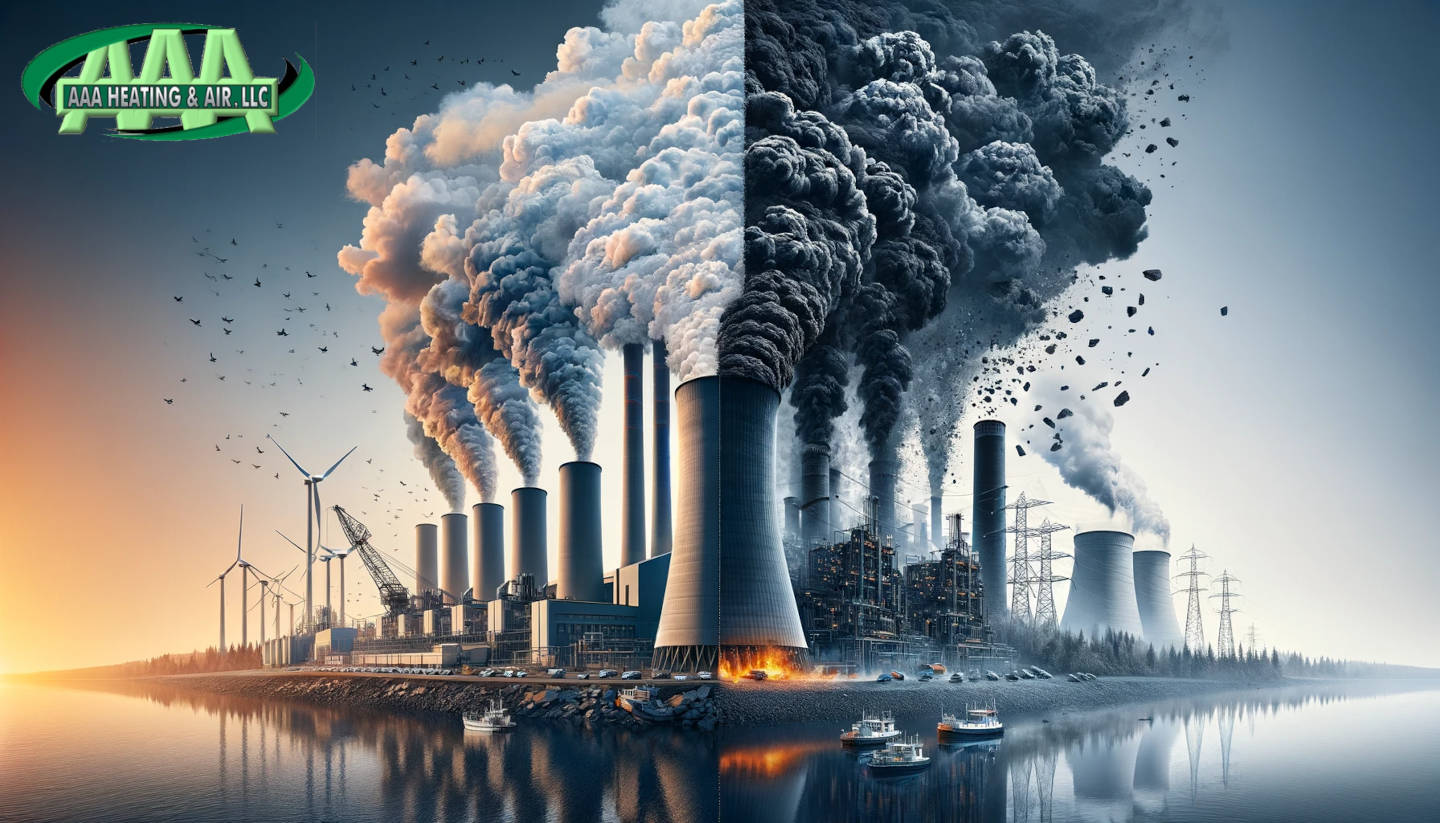In recent decades, a significant transformation has unfolded in the energy landscape of North America, particularly in the United States, with natural gas emerging as a pivotal player. This shift, particularly in the realm of heating and cooking systems, carries profound implications for both our environment and energy consumption. Let’s delve into this transition and its impact on the future of natural gas in America.
The Decline of Coal and the Promising Future of Natural Gas
The journey from coal to natural gas in the U.S. has been a gradual but decisive one, with notable acceleration in the 21st century. The early 2000s marked the beginning of this shift, driven by advancements in drilling technologies like hydraulic fracturing and horizontal drilling. These innovations made natural gas more accessible and economically viable.
Key Milestones in the Transition
- 2005-2010: This period witnessed a marked increase in natural gas usage for electricity generation, influenced by environmental regulations, economic factors, and the increasing availability of natural gas.
- 2015-2020: By the mid-2010s, natural gas had overtaken coal as the primary energy source for electricity generation in the U.S. This emergence of dominance was underpinned by a blend of environmental concerns, economic drivers, and the abundant supply of natural gas.
- Recent Years: The dominance of natural gas has continued to grow, shaping the energy mix and being fueled by ongoing environmental considerations and market dynamics.
Impact on Carbon Emissions and HVAC Systems

- Overall Reduction in Carbon Emissions: The U.S. Energy Information Administration (EIA) reported a significant drop in emissions in the U.S. power sector since 2006, primarily due to the increased use of natural gas. Emitting about 50% less carbon dioxide than coal during combustion, natural gas has been a major factor in U.S. reduction.
- Decrease in Coal-Related Emissions: There has been a notable 15% decrease in coal-related emissions, mirroring the decline in coal’s share of U.S. power generation.
- Carbon Intensity Reduction: The shift in electricity generation sources has decreased the carbon intensity of electricity by 4% in the United States in 2022, thanks to the growing abundance of natural gas-fired power plants.
What The Future of Natural Gas Means for Homeowners
For homeowners, especially those in South Carolina, these trends signal a significant shift towards more environmentally friendly energy sources for general energy production and more directly as the source of combustible energy used by our furnaces to heat our homes. Natural gas not only offers a cleaner alternative to coal but also brings efficiency and cost-effectiveness to home heating and cooling solutions.
Looking Ahead: Preparing for a Cleaner Energy Future
As we embrace this shift, it is crucial for homeowners to stay informed and consider the following:
- Energy Efficiency: Opt for HVAC systems that leverage the efficiency of natural gas.
- Stay Informed: Keep up with the latest developments in energy sources and technologies for HVAC systems.
- Professional Consultation: Seek advice from the experts at AAA Heating & Air to understand the most energy-efficient options for your home.
In Closing
With the evolving energy landscape, ensuring your HVAC system aligns with the latest trends is vital for both environmental and economic efficiency. Call AAA Heating & Air today to keep your systems at the forefront of technology and efficiency. CLICK HERE and schedule an appointment to transition to a cleaner, more efficient natural gas furnace today.
Written by: Jared M. Sewell
AAA Heating & Air, LLC.
https://callaaatoday.com/

